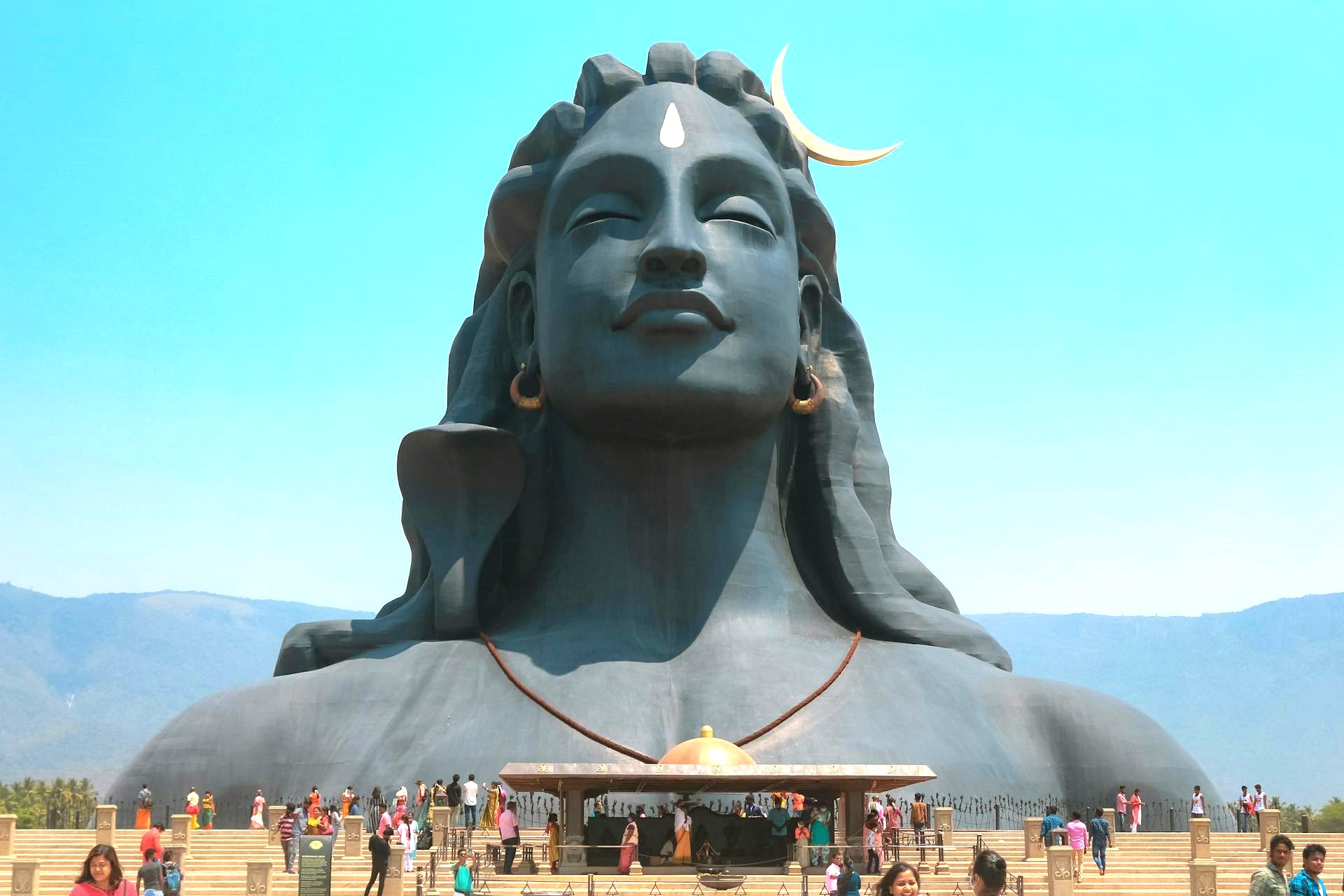
Adi Yogi, Coimbatore
PC: Pravinkumar Ganesan
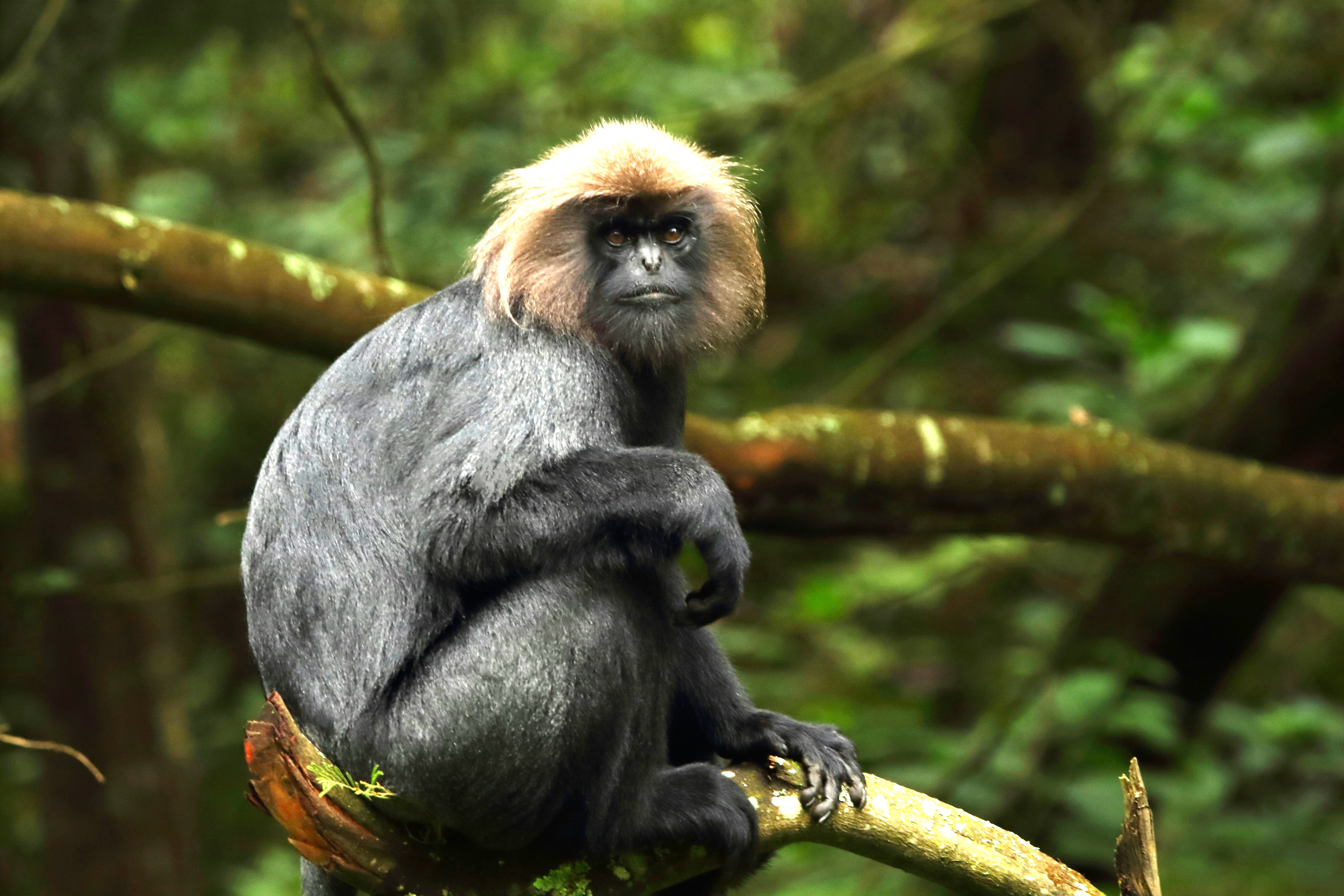
Ooty
PC: Saket Upadhyay
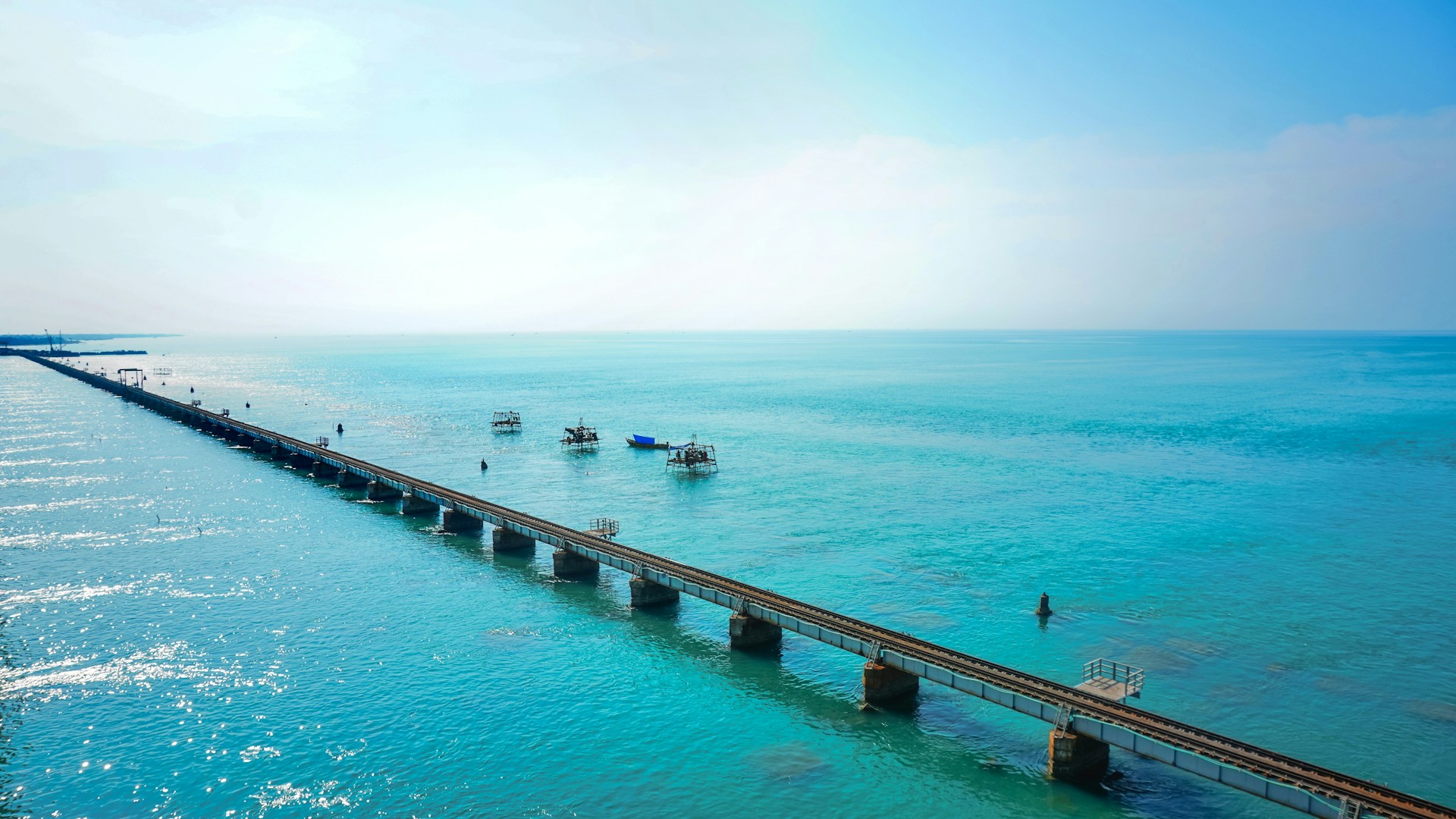
Pamban Bridge, Rameshwaram
PC: Suriya
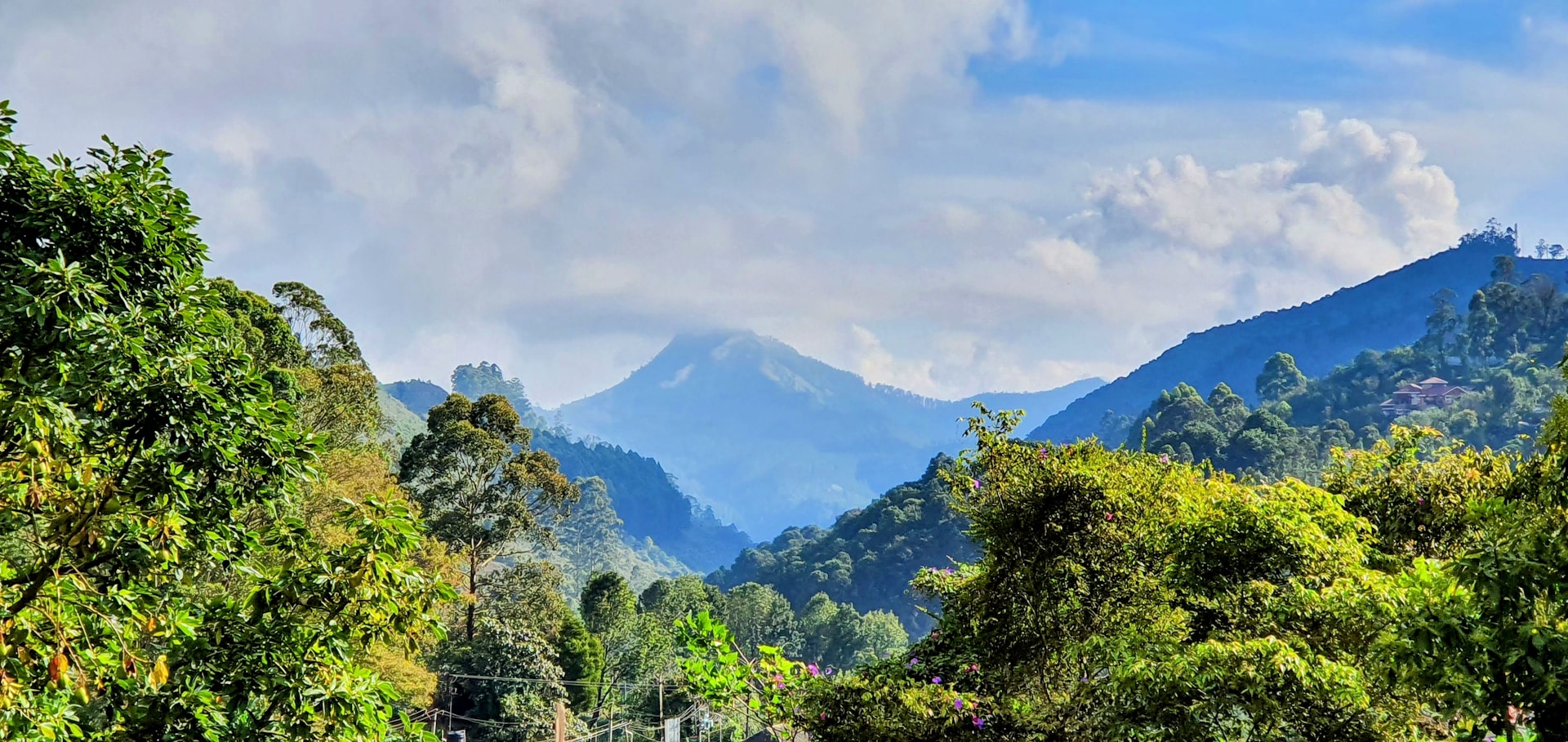
Kodaikanal
PC: Deb K

Tamil Nadu is a state located in southern part of India. Tamil is the regional language which has a long and illustrious history, with ancient Tamil literature dating
back to the Sangam period (3rd century BCE to 3rd century CE). The Sangam literature consists of poems and literary works that showcase the cultural, social, and linguistic
heritage of the Tamil people.
The capital of Tamilnadu is Chennai, previously known as Madras, has international airport which connects the state to rest of the world. Also, there are international
airports in Coimbatore, Madurai, and Tiruchirappalli which provide international connectivity mainly to Middle East and South Eastern countries.
Tamilnadu is renowned for its rich cultural heritage, magnificent temples, beautiful hill stations, and scenic beaches. Below are the most famous tourist destinations of
Tamil Nadu.
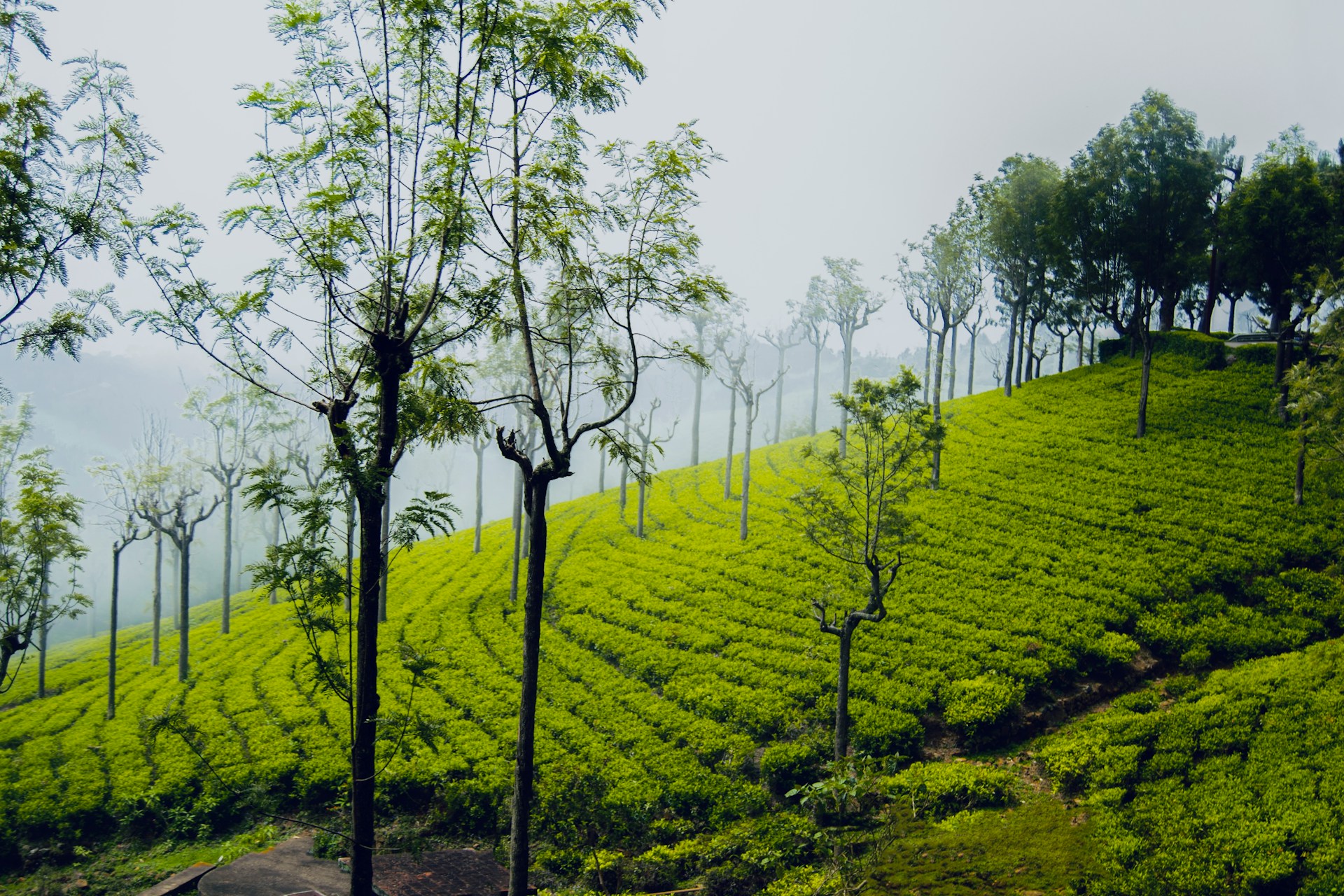
Ooty is located in the Nilgiri Hills of the Western Ghats, in the state of Tamil Nadu. It is approximately 86 kilometers north of
Coimbatore and 128 kilometers south of Mysore.
Ooty is often referred to as the "Queen of Hill Stations" due to its picturesque landscapes, tea gardens, and colonial-era charm.
It is famous for its Nilgiri Mountain Railway, a UNESCO World Heritage Site, offering a scenic train ride through tunnels, bridges, and
lush greenery. The town also has a rich botanical heritage, including the Government Botanical Garden with a vast collection of plants,
including rare species like the fossilized tree trunk.
Best Time to Visit: The best time to visit Ooty is from March to June and September to November when the weather is pleasant for
outdoor activities.
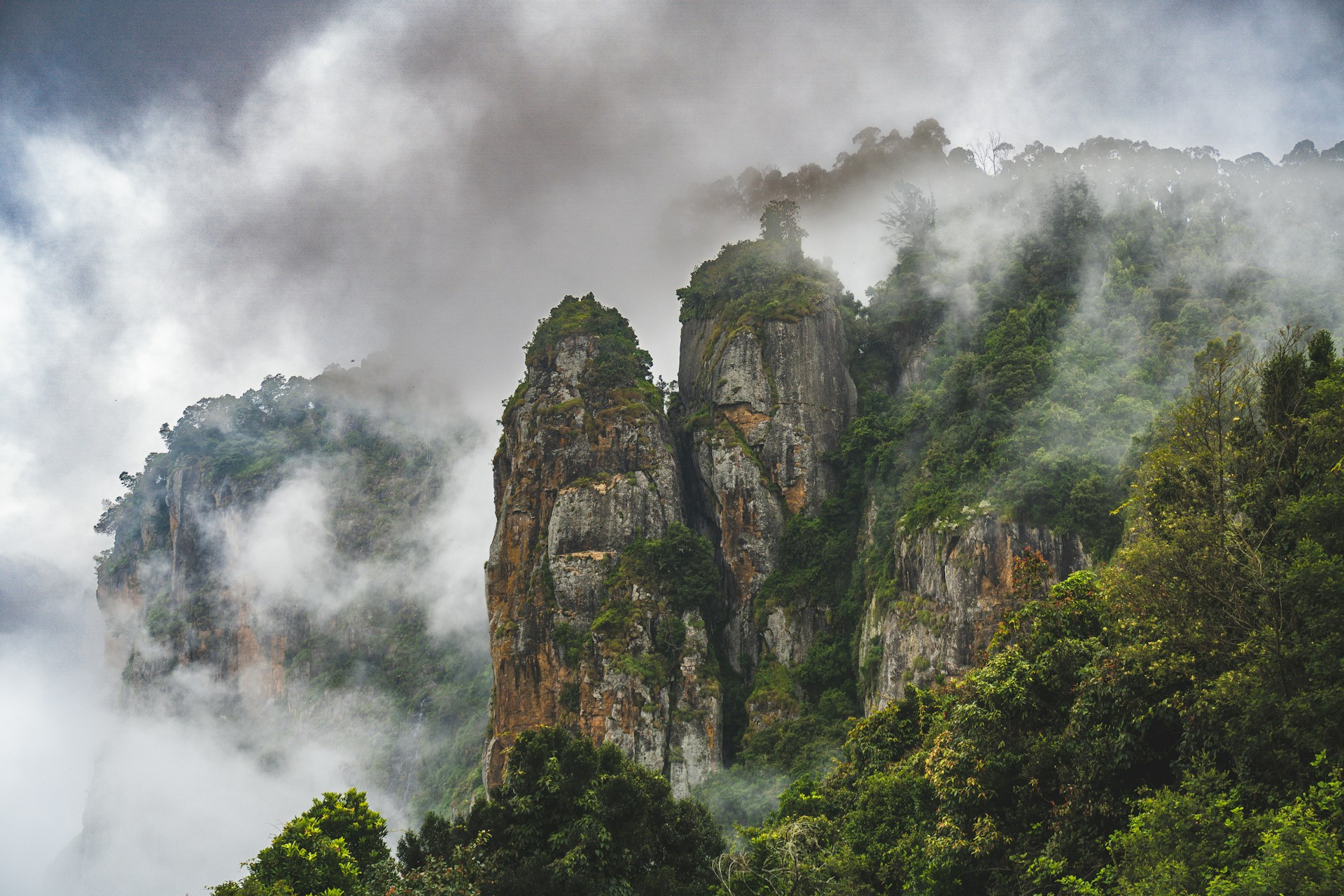
Kodaikanal is situated in the Dindigul district of Tamil Nadu. It is located at an altitude of about 2,133 meters in the Palani Hills
of the Western Ghats, approximately 120 kilometers northwest of Madurai.
Kodaikanal is known for its serene lakes, mist-covered hills, and dense forests. One of its unique attractions is the Kodai Lake,
an artificial lake where visitors can enjoy boating and peaceful walks along the promenade. The town is also famous for its
homemade chocolates, eucalyptus oils, and scenic viewpoints like Coaker's Walk, offering panoramic views of the surrounding valleys.
Best Time to Visit: The best time to visit Kodaikanal is from April to June and September to October when the weather is
comfortable for sightseeing and outdoor activities.
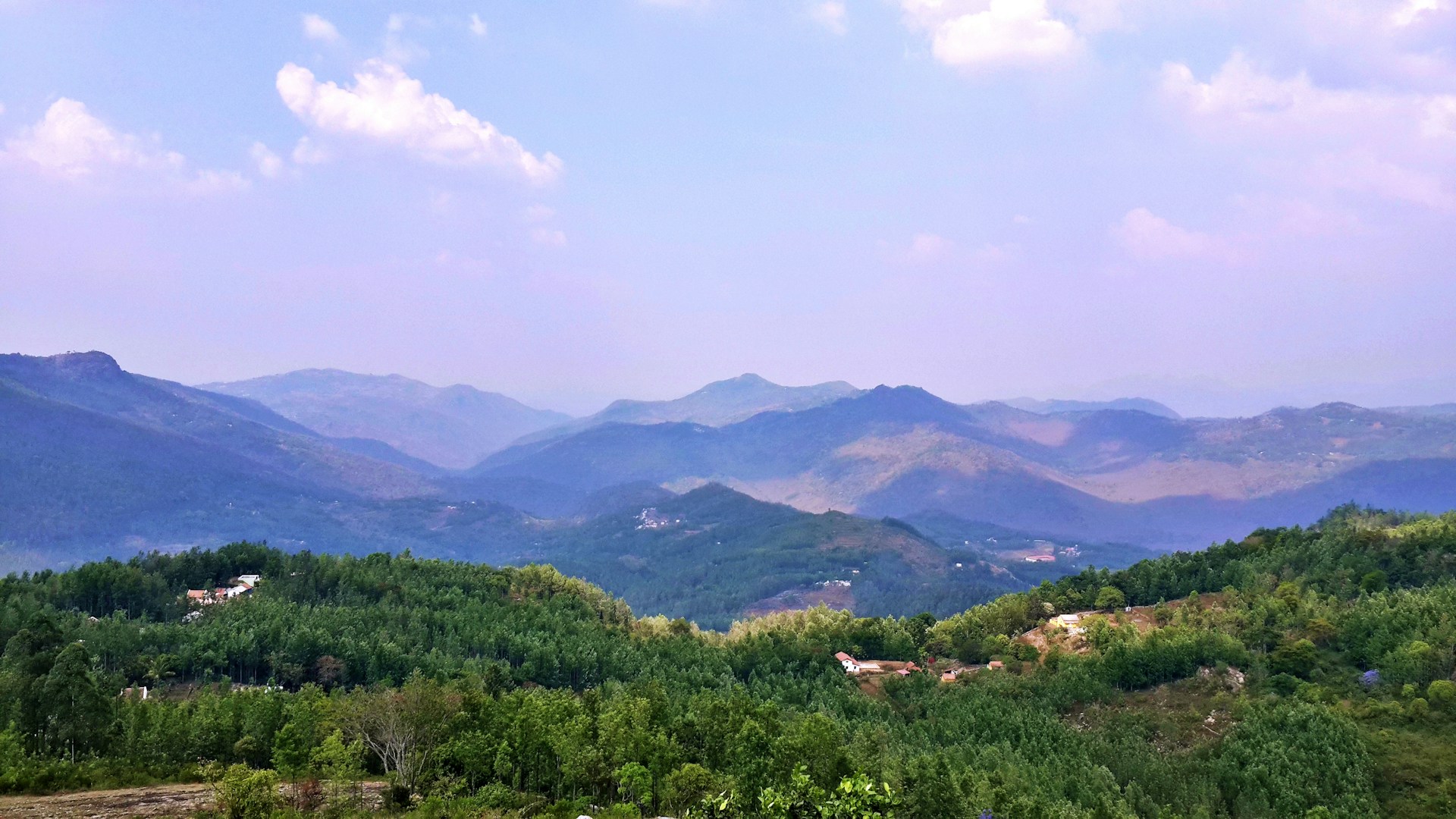
Yercaud is located in the Salem district of Tamil Nadu. It is situated in the Shevaroy Hills of the Eastern Ghats, approximately
30 kilometers from Salem city.
Yercaud is known for its tranquil ambiance, coffee plantations, and orange groves. One of its unique features is the Yercaud Lake,
surrounded by lush greenery and offering boating facilities. The town is also famous for its unique species of orchids and the Montfort School,
an iconic heritage building with Gothic architecture.
Best Time to Visit: The best time to visit Yercaud is from October to June when the weather is pleasant and suitable for outdoor
activities.
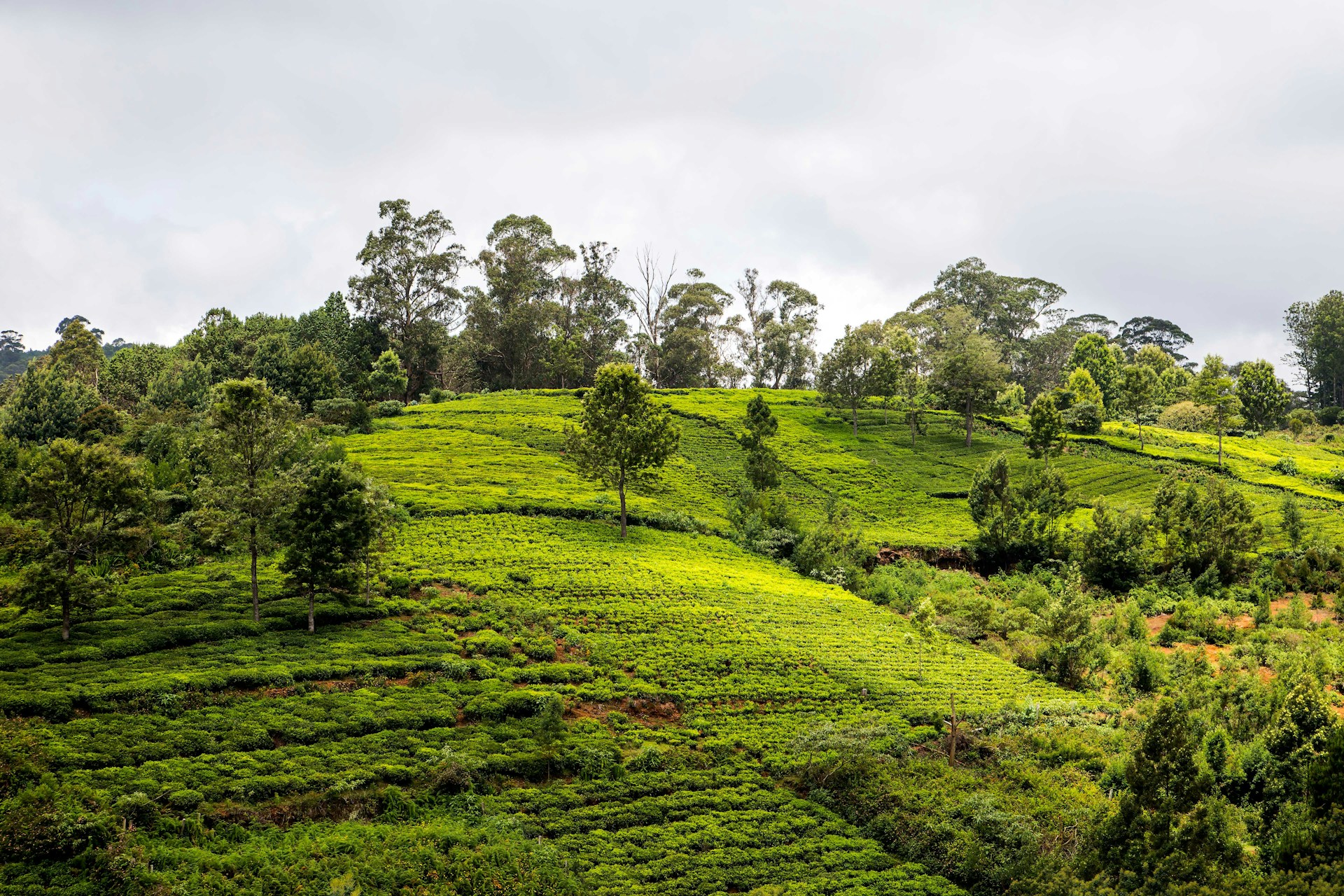
Coonoor is situated in the Nilgiri Hills of the Western Ghats, in the state of Tamil Nadu. It is located approximately 19 kilometers
southeast of Ooty and about 71 kilometers north of Coimbatore.
Coonoor is renowned for its tea estates, sprawling gardens, and colonial-era bungalows. Its unique attraction is Sim's Park,
a botanical garden with rare plant species, vibrant flower beds, and a variety of trees. Coonoor is also known for its scenic viewpoints
like Dolphin's Nose, offering breathtaking views of the Nilgiri Hills and Catherine Falls.
Best Time to Visit: The best time to visit Coonoor is from October to March when the weather is cool and pleasant for sightseeing
and outdoor activities.
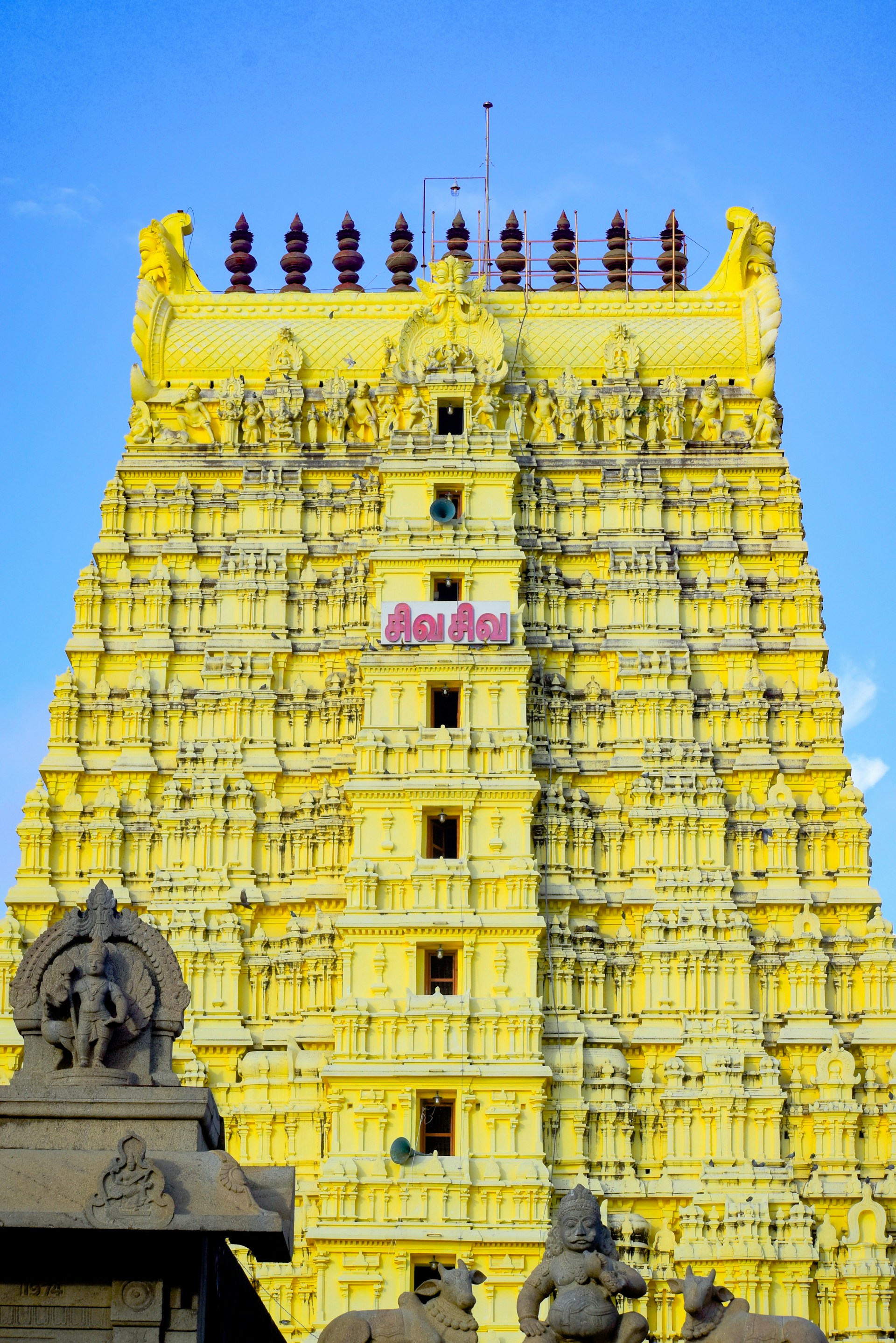
Ramanathswamy Temple is located on Rameswaram island of Tamil Nadu state of India. The island is connected to mainland
Tamil Nadu via railway. The famous Pamban bridge connects Rameswaram and Mandapam railway station.
The Ramanathswamy temple is dedicated to lord Shiva which is in Lingam form. According to legend this Shivling was established
and worshipped by Lord Ram himself. This lingam is known as Ramlingam and worshipped as the main lingam of the temple. There is
another lingam which was bwrought by Hanuman, devotee of Ram, which is being worshipped as Vishwalingam. Lord Ram instructed to worship
Vishwalingam first as it was brought by his devotee Hanuman and this tradition is being followed by even today.
This temple is of immense importance for Hindu devotees as it one of the twelve jyotirling of lord shiva and also one of the Char Dham
(Four holy temples). Alongwith this temple, for devotees and tourists another attraction is Dhanushkodi from where Lord Ram srated building
Setu (bridge) up to Srilanka to kill demon king Ravan.
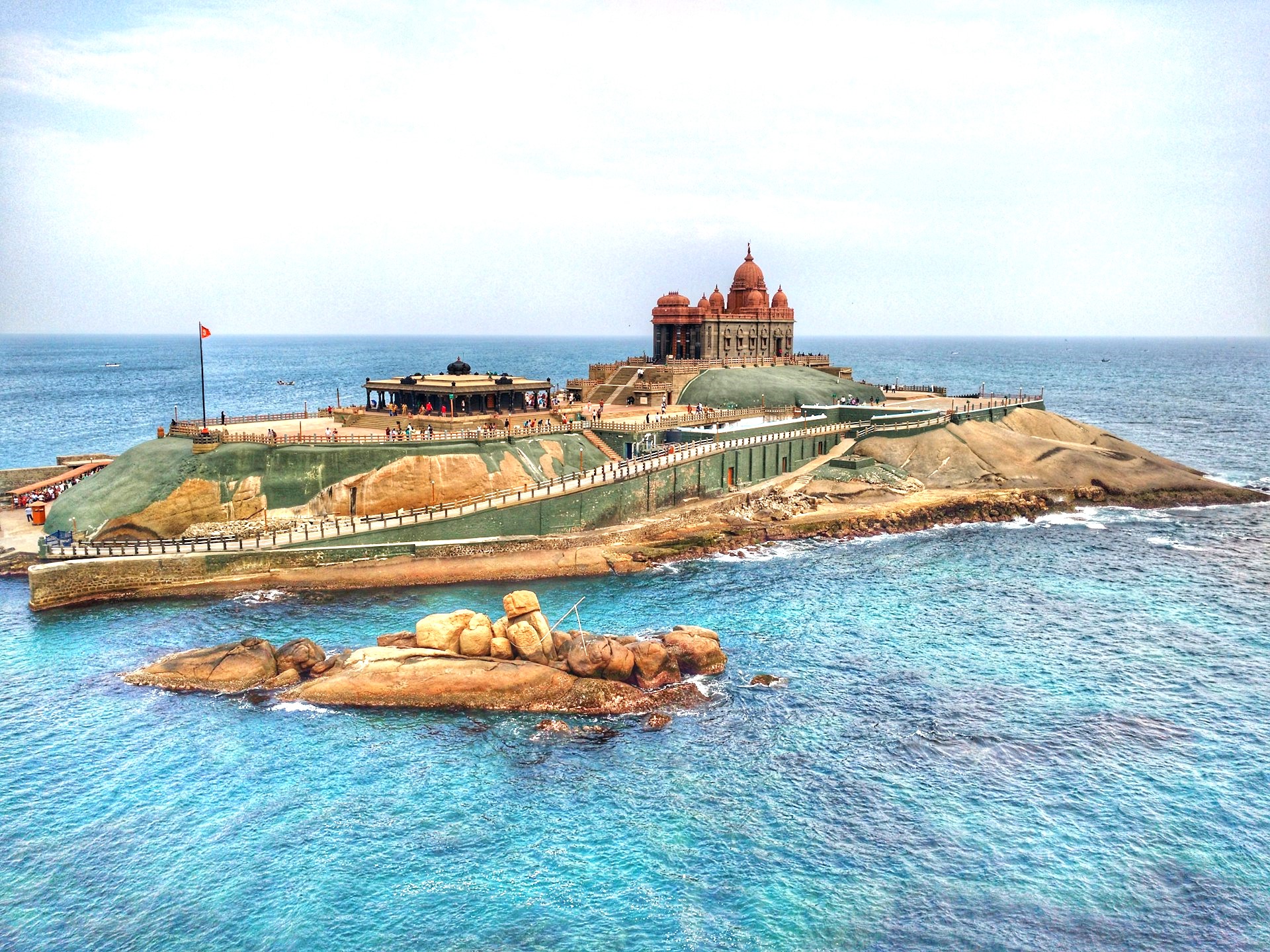
The memorial is located on a small island near Kanyakumari, 500 meter from the southernmost tip of mainland India in memory of youth
icon of India, Swamy Vivekanand. He swam in the sea to reach this rock. He meditated on this rock for three days and nights and achieved
enlightenement. As per legend, this is the same rock on which during pre-vedic era goddess Kanyakumari performed tapas in devotion of lord
Shiva.
Vivekanand rock memorial was built in 1970 and has two Mandapams (halls), Vivekanand Mandapam and Shripada Mandapam. There is also
Shri Padaparai Mandapam which is shrine where foot print of goddess Kanyakumari is seen on the rock.
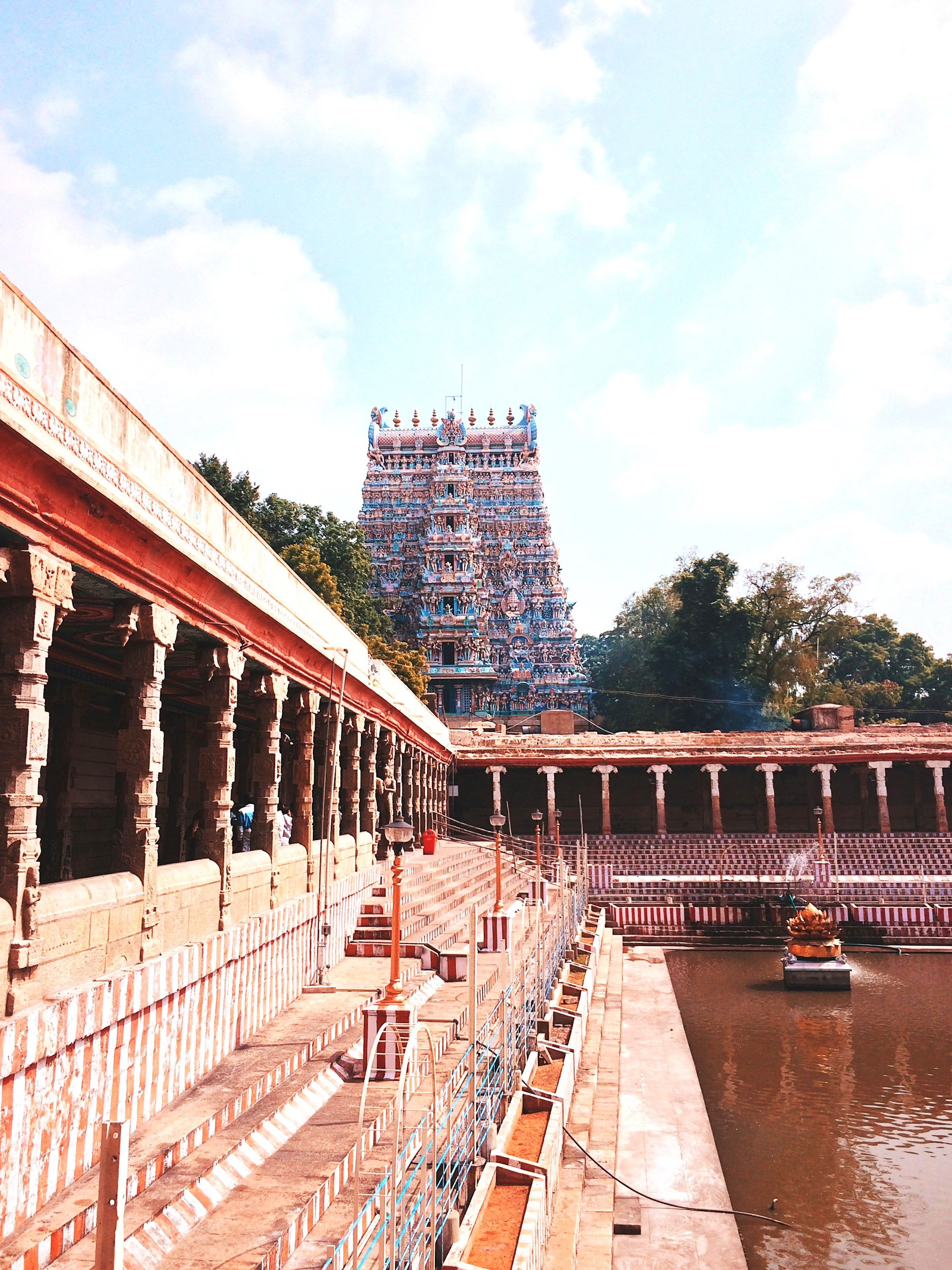
The temple is situated in the center of Madurai city, one of the oldest inhabited cities in India. It is dedicated to the goddess Meenakshi,
a form of Parvati, and her consort, Sundareshwarar, a form of Shiva.
Madurai Meenakshi Sundareswarar temple was built by Pandyan Emperor Sadayavarman Kulasekaran-I during 1190 to 1205. He built the main Portions
of the three-storeyed Gopuram at the entrance of Sundareswarar Shrine and the central portion of the Goddess Meenakshi Shrine are some of the
earliest surviving parts of the temple. The further expansion of the temple complex carried out by Pandayan rulers in 1231, between 1238-1251.
In the 16th century, the temple complex was further expanded and fortified by the Nayak ruler Vishwanatha Nayakar.
The restored complex now houses 14 gopurams (gateway towers), ranging from 45–50 m in height, with the southern gopura tallest at 51.9 metres
(170 ft). The temple also has sacred tanks and shrines dedicated to various gods and goddesses, thousands of sculptures and paintings depicting
various deities, celestial beings, and mythical stories.
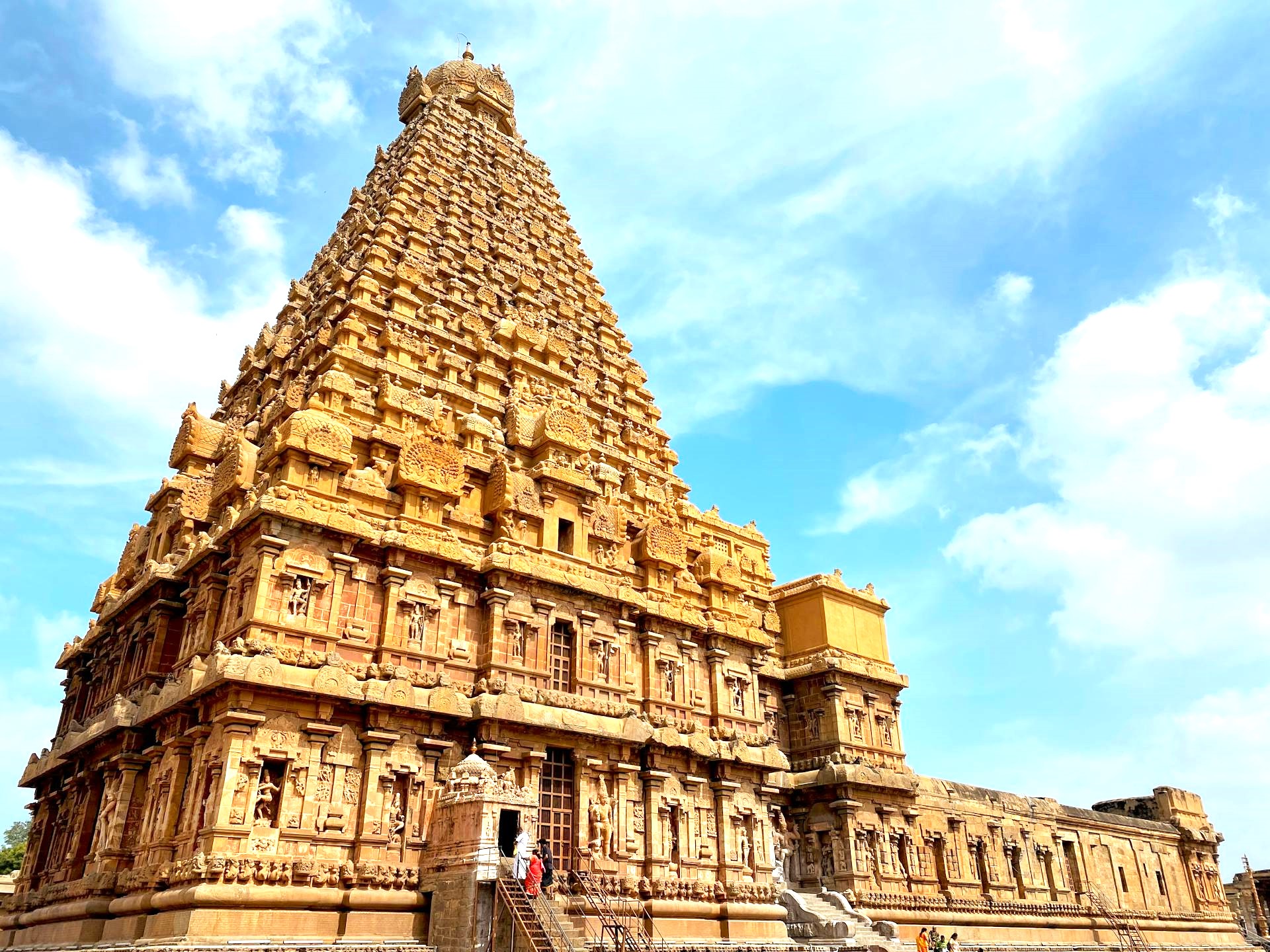
The temple is located in the heart of Thanjavur (Tanjore) city, easily accessible from various parts of the state.
This is a must visit place for history and architecture enthusiasts.
This architectural marvell was built between 1003 and 1010 AD during the reign of Chola king Rajaraja I in Dravidian architecture,
characterized by its towering vimana (temple tower), massive gopurams (gateway towers), and intricate carvings.
The main attraction of the temple complex is gigantic temple tower having 16 storeys, of which 13 are tempering square.
On top of that there is a single square block of granite weighing 80 tons on top of that there is Shikhara weighing another 25 tones.
The temple complex also includes a sanctum sanctorum housing a massive lingam, a Nandi (bull) statue, several mandapams (pillared halls),
and beautiful sculptures depicting Hindu mythological stories.
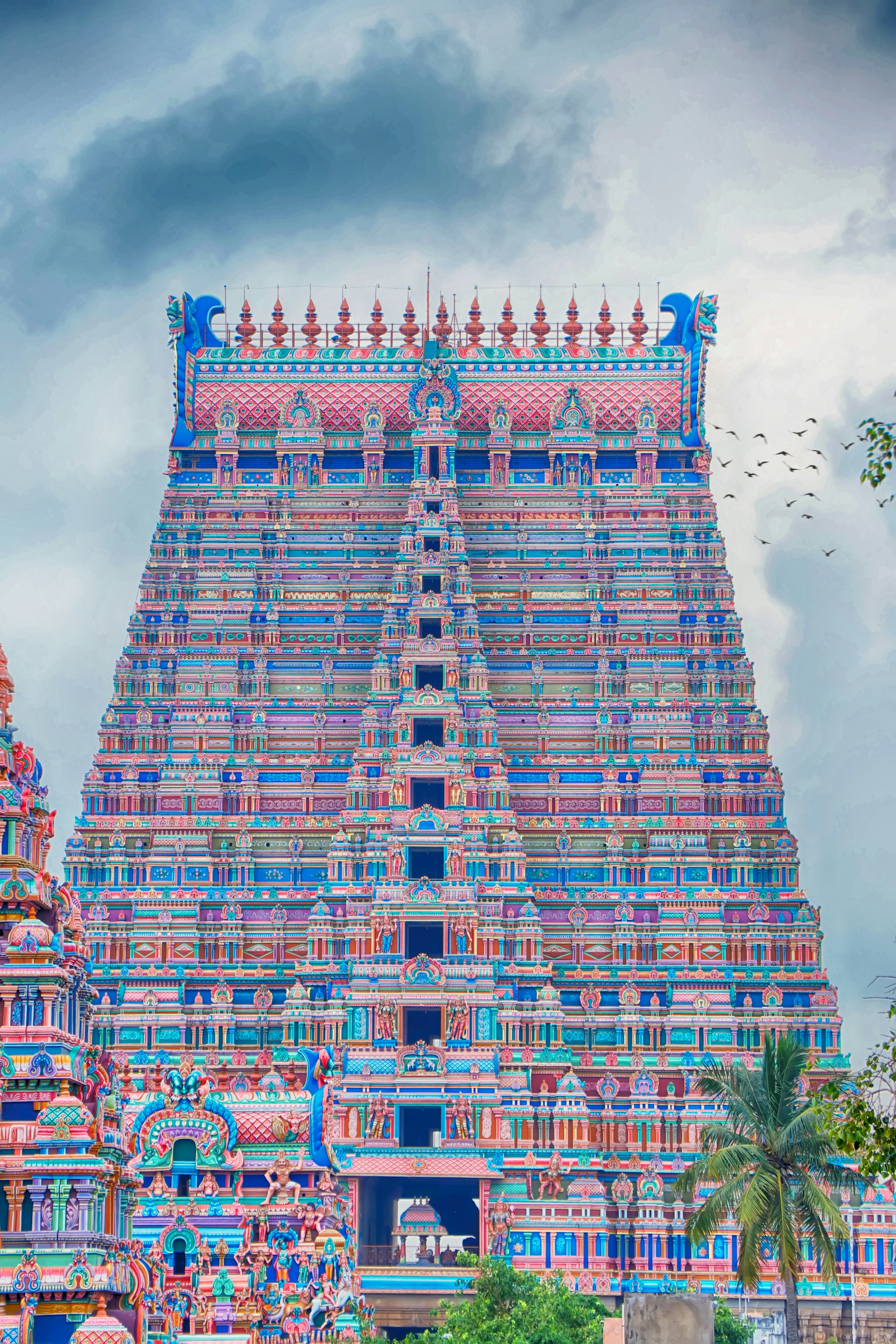
Srirangam is an island formed by the rivers Kaveri and Kollidam, and the temple is located on this island, about 7 kilometers north of
Tiruchirappalli. Ranganathaswamy temple is dedicated to lord Ranganath, a form of Lord Vishnu. Srirangam temple is often listed as the
largest functioning Hindu temple in the world. The annual 21-day festival conducted during the Tamil month of Margali (December–January)
attracts 1 million visitors.
The temple was built over several centuries starting from the 10th century AD, with major contributions by the Chola, Pandya, and
Vijayanagara dynasties. It has the largest temple compound in India and is one of the largest religious complexes in the world.
The temple complex is spread over a vast area and is surrounded by seven prakaras (enclosures). It houses numerous shrines, mandapams,
sacred tanks, and the iconic Rajagopuram, one of the tallest temple towers in Asia.
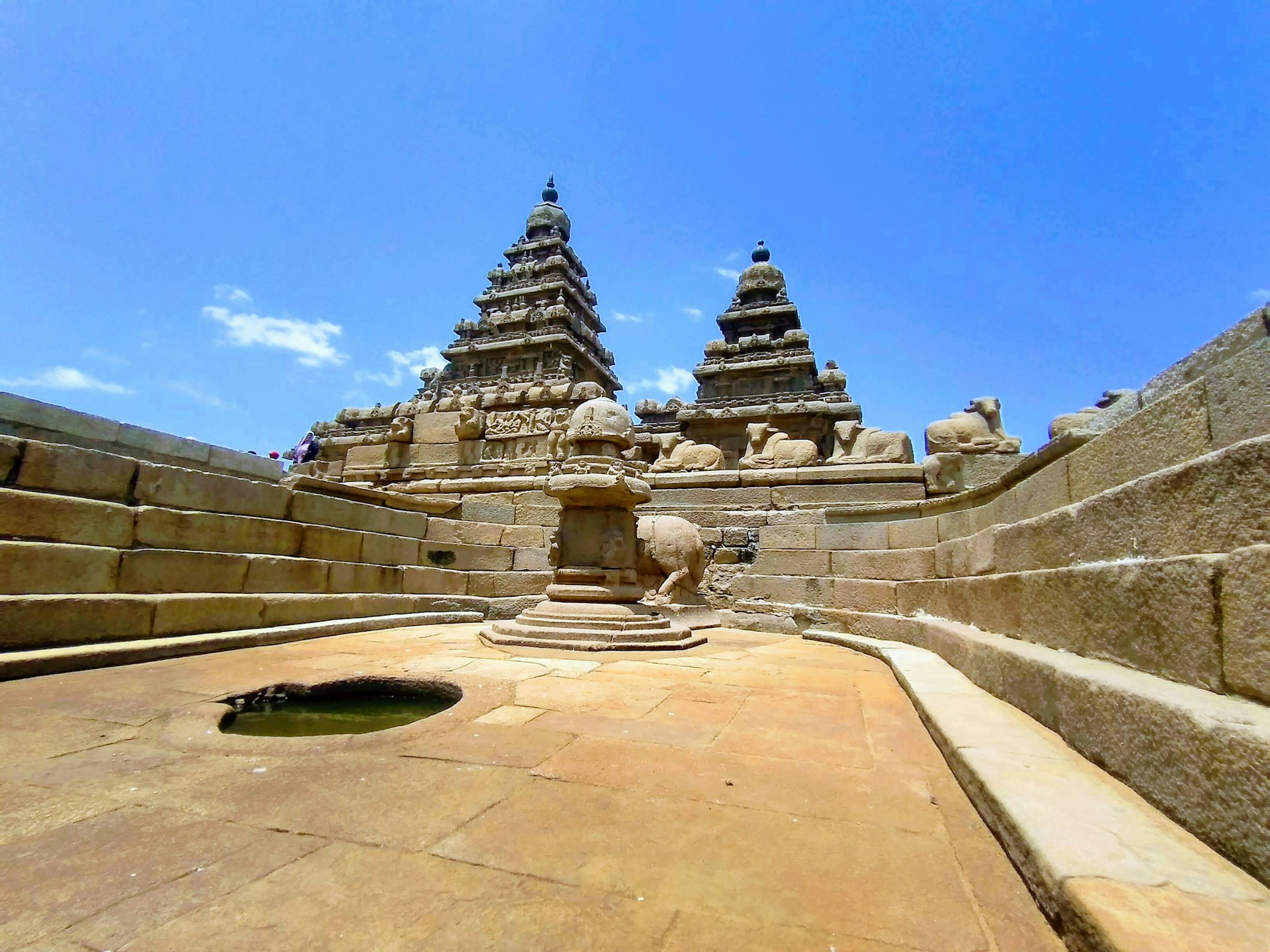
Mahabalipuram is a coastal town along the Bay of Bengal, about 60 kilometers south of Chennai (Madras). This temple was built by
Narasimhavarman II of the Indian Pallava dynasty in mid 7th century. It has been classified as a UNESCO World Heritage Site since 1984.
This temple is dedicated to Lord Shiva and it includes many rock-cut monolithic monuments carved out of granite rocks. The Pidari rathas and
the Tiger cave are the main attraction of temple complex along with many other sculptures of Hindu deities.
As the temple foundation is on hard granite rock, it could sustain the waves created by the tsunami on 26 Dec 2004; the groynes erected
around the temple area on the coastline also aided its protection.

Location: Mudumalai National Park is located in the Nilgiri Hills in the Western Ghats, near Ooty and Coimbatore.
Atmosphere: The park offers a diverse atmosphere with dense forests, grasslands, and valleys, creating a tranquil environment ideal
for wildlife sightings.
Flora and Fauna: It is home to flora such as teak, sandalwood, and bamboo, and fauna including elephants, tigers, leopards, Indian
gaur, deer, langurs, and various bird species.
Best Time to Visit: The best time to visit is from October to May when the weather is pleasant and conducive to wildlife sightings.
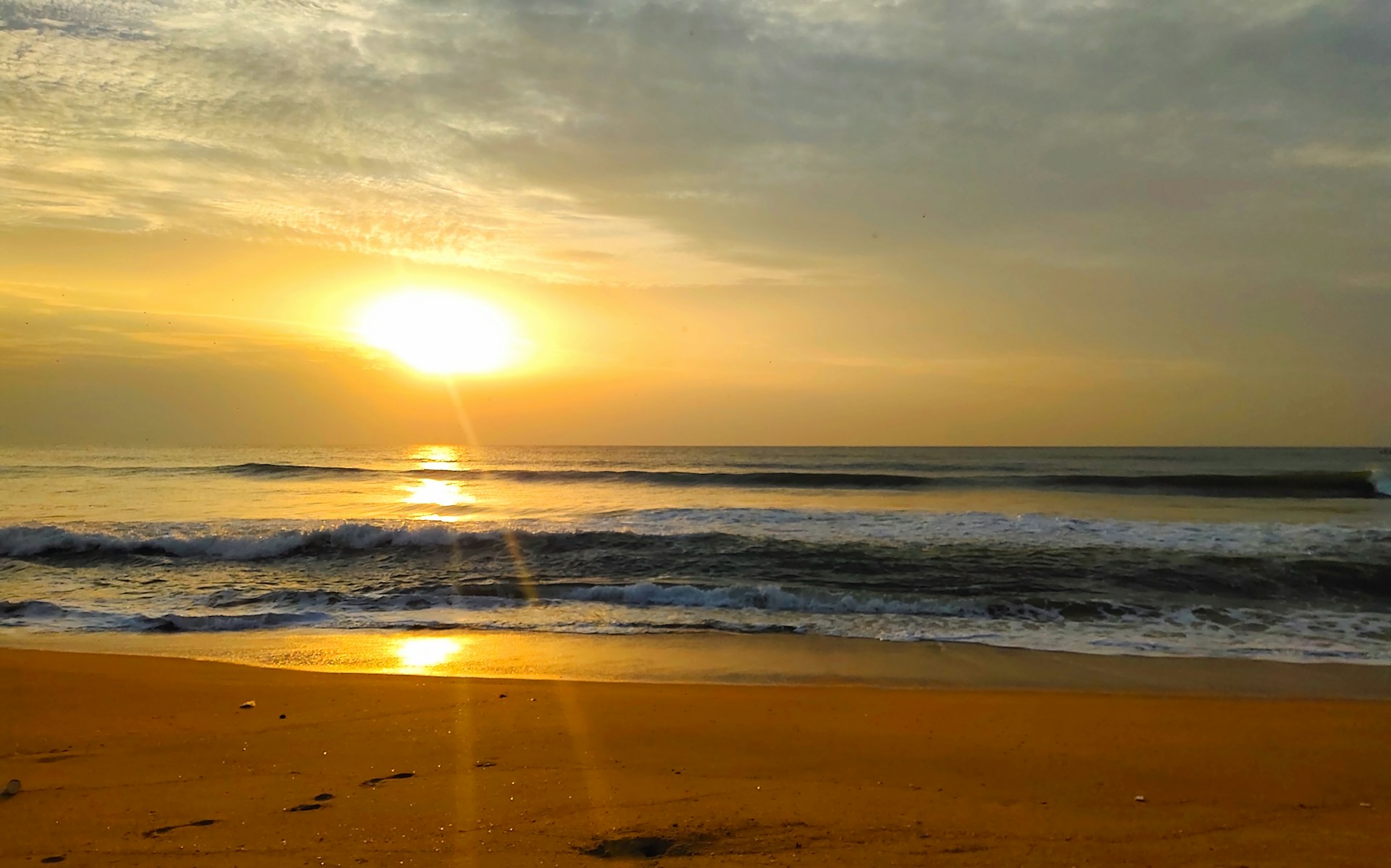
Marina Beach is one of the most famous and longest urban beaches in India, stretching for about 13 kilometers along the Bay of Bengal. It is located in the heart of Chennai and offers a vibrant atmosphere with activities like beach volleyball, horse rides, and kite flying. The beach is known for its scenic sunrises and sunsets, making it a popular spot for locals and tourists alike.
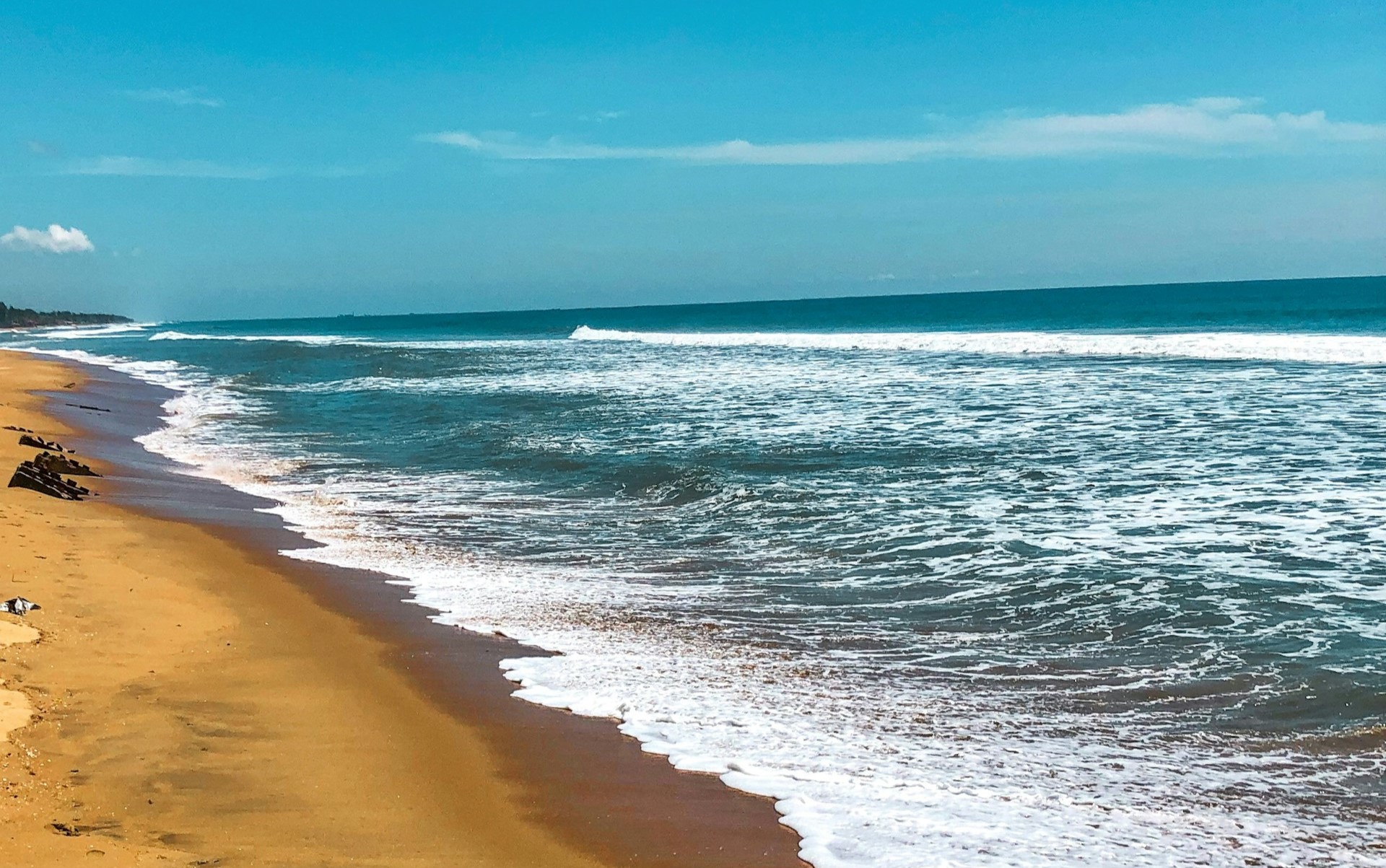
Mahabalipuram, also known as Mamallapuram, is famous for its ancient rock-cut temples and sculptures. The beach here offers a tranquil environment with golden sands and gentle waves, making it a great place for relaxation and beach walks. The Shore Temple, a UNESCO World Heritage Site, overlooks this beach, adding to its allure.
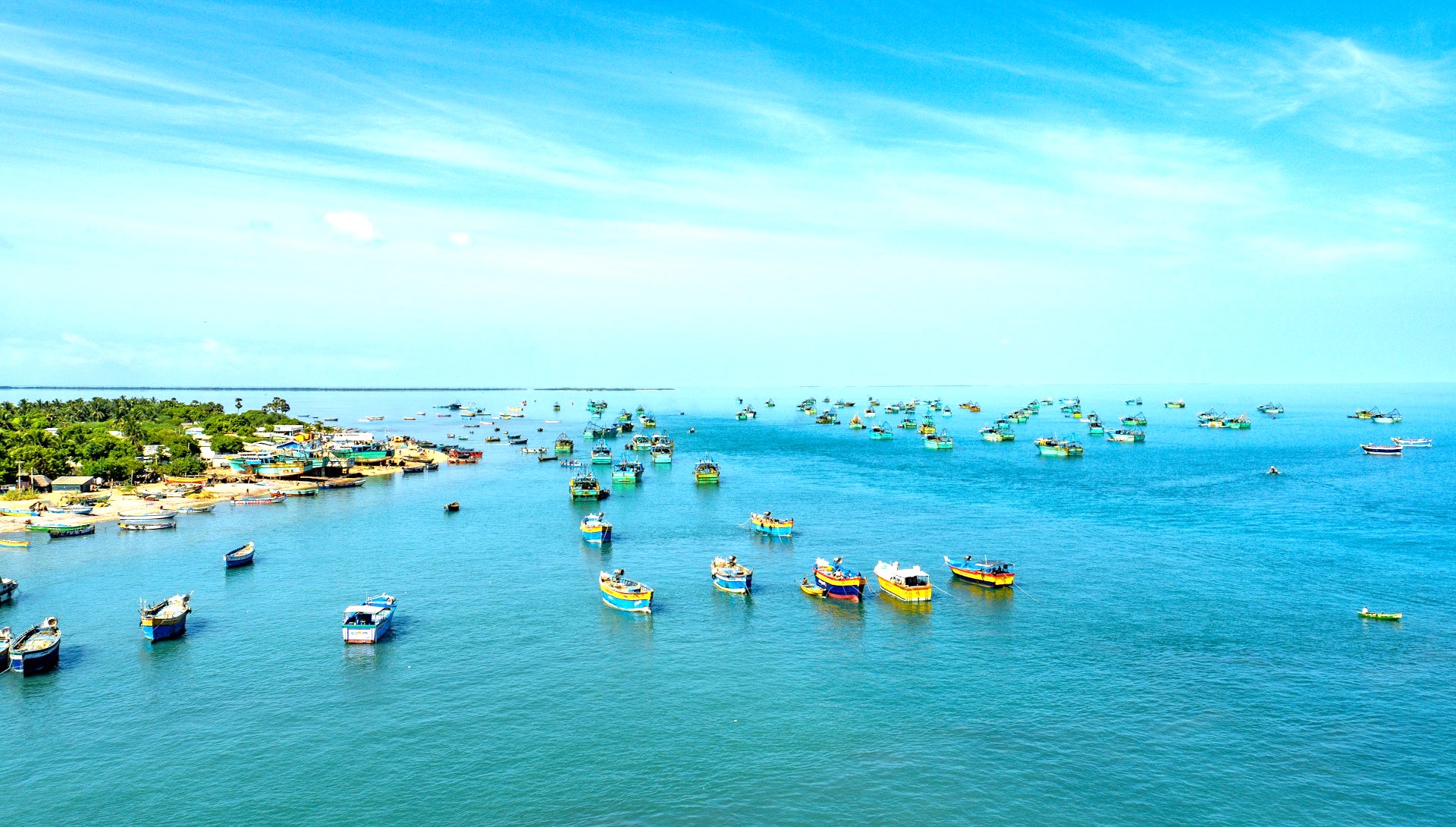
Rameswaram is a sacred pilgrimage site known for its temples and religious significance. The beach here is characterized by its clear blue waters and pristine shores. It's a great place for swimming, beach picnics, and enjoying beautiful sunsets.
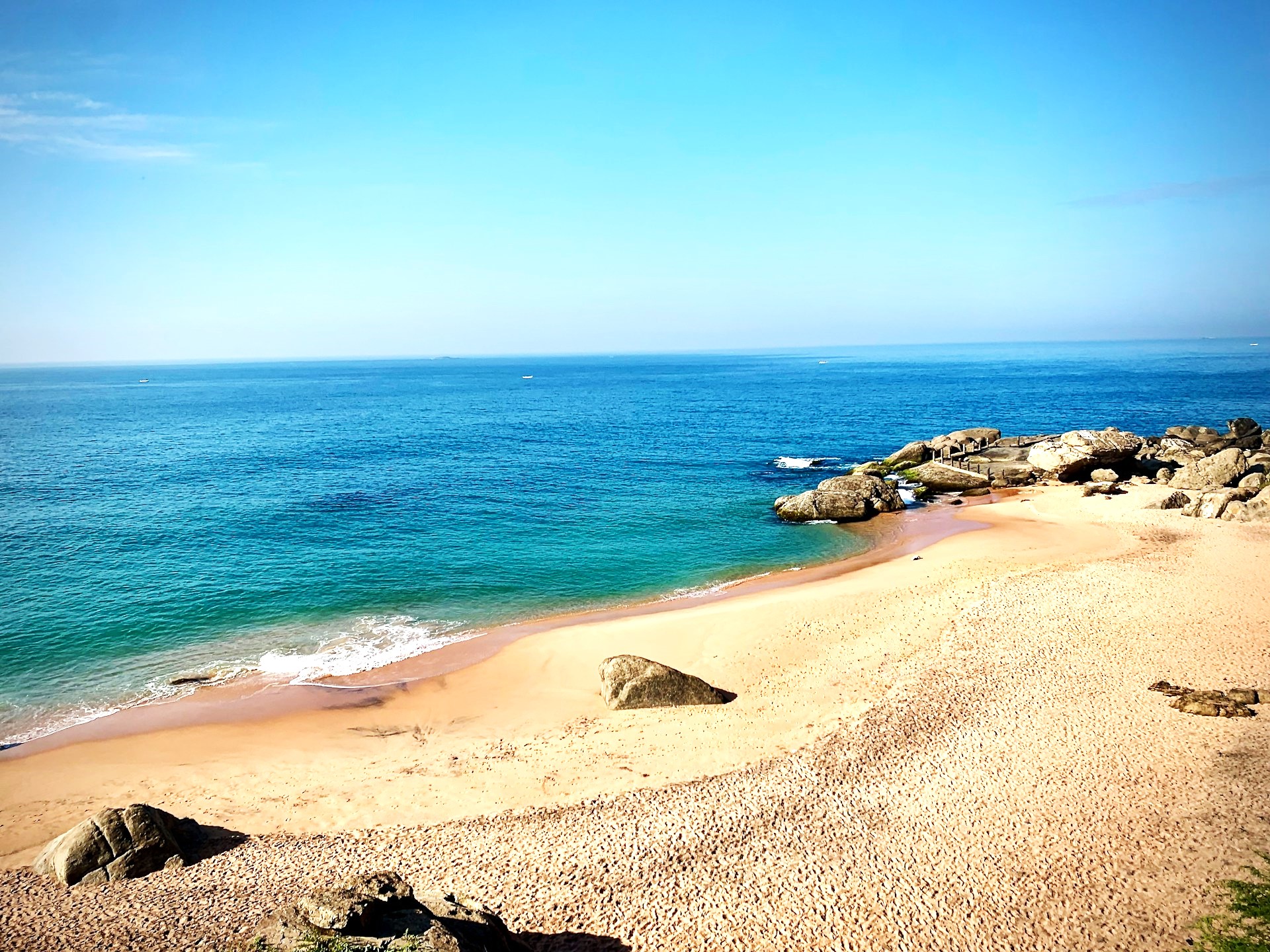
Kanyakumari is the southernmost tip of India, where the Arabian Sea, Bay of Bengal, and Indian Ocean meet. The beach here offers stunning views of sunrise and sunset, with the Vivekananda Rock Memorial and Thiruvalluvar Statue adding to the scenic beauty. The unique feature of this beach is its confluence of three seas, making it a significant attraction.